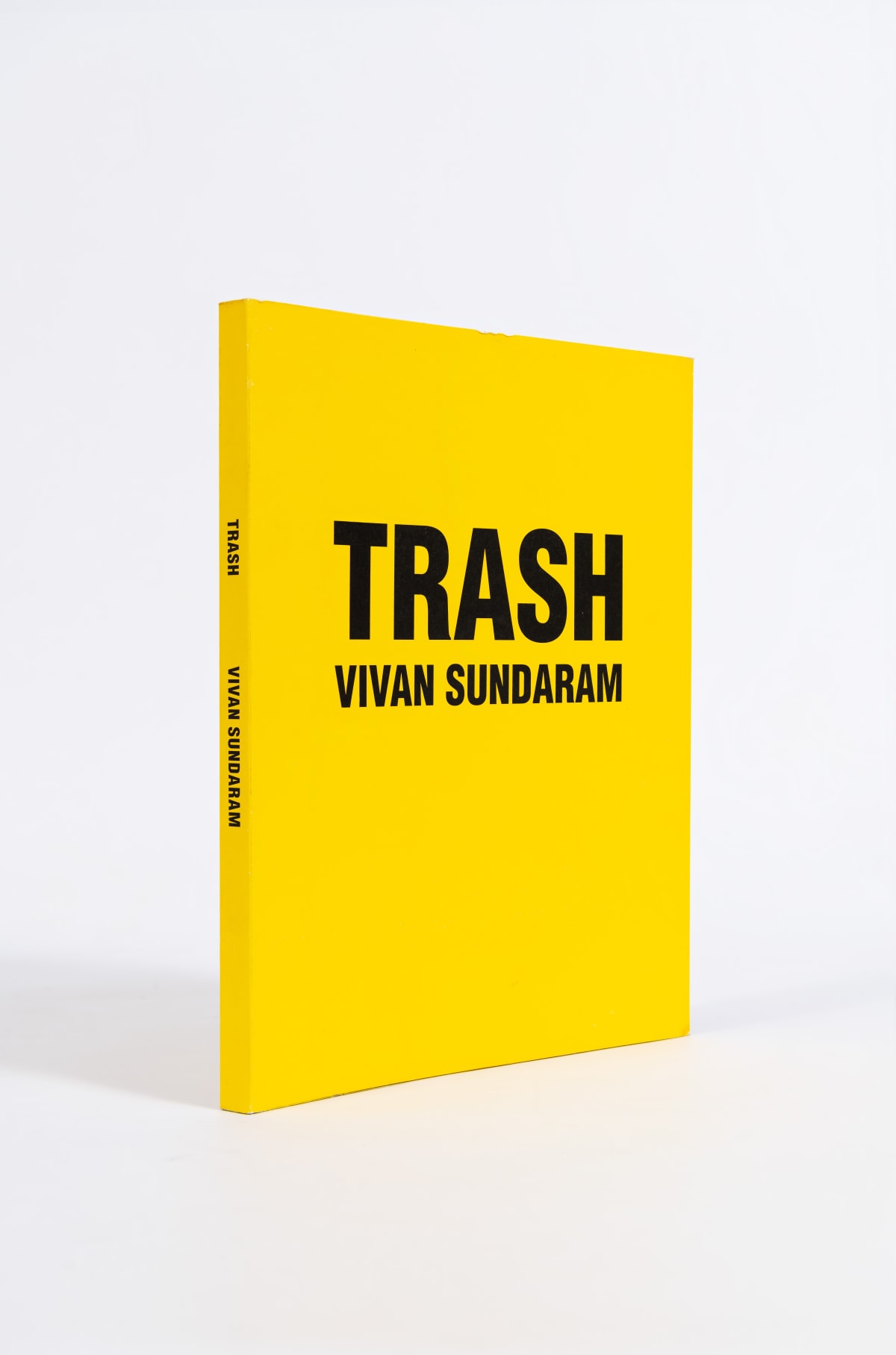Trash: Vivan Sundaram
Vivan Sundaram’s exhibition, Trash, develops a theme that has engaged him since 1997. Based on the economy and aesthetics of second-hand goods and urban waste, Trash recalls Sundaram’s installation, Great Indian Bazaar, (1997), and carries over parts of his large exhibition, living.it.out.in.delhi,(2005). In Delhi he had involved waste-pickers in the production of the last exhibition, working through Chintan, an NGO that enables this unorganized work-force to gain rights. Constructing a huge and fantastical cityscape with garbage in his own studio, Sundaram mediated the visual outcome via the camera from several vantage points. This continues to be explored in successive works included in this exhibition: the social implications of waste at the core of which is the frenzy of global consumption; a deconstruction of the commodity form that recalls modernity’s fascination with recycled objects; and the changing aesthetic of a key modernist procedure of bricolage.
The voluntary act of accumulating filth is a kind of indulgence, an excess. The colour and texture of industrial waste, dirty toothbrushes, plastic toys, tin cans and a sea of soiled milk bags, all of this makes for optical pleasure such as what the viewer might derive from a painterly palette. Among the photographs, there is a grand Master Plan, a surveillance view of a garbage-city; in Prospect, the same city is an urban conglomerate that recedes into an unsettling perspective. A set of photographs, titled Barricade, disorient the viewer by their scale: there are jammed edifices both frail and monumental, never-ending stretches of landfill, homes flattened by bulldozers and risen again. These photographs propose the material consequences of urban demolition, amounting at times to collateral damage of citizens’ lives.
This passes over into a deep melancholy when Sundaram stages an allegory of bare life. The soles of old shoes and their shadows make up 12 Bed Ward, a dark, dormitory-size installation about life lived below ground zero.
In the two-channel video installation, Tracking (2004-04), a camera focuses on a studio-set of another elaborately fabricated city, and the viewers glimpse a man and a woman—predators, or lovers-- traversing the city by night. If Tracking reveals an archeology of spent artifacts, ghosts and the artist’s dismantled sculptures, another recent video, Turning, develops what we may call a countering poetics. The rubbished fragments of a day-time city rise and fall, collapse and swirl. Towers blow over and topple in the wind and smoke one by one, structures big and small sway and whistle and turn askew. A text speaks of ascension, while yet another video, titled Brief Ascension of Marian Hussain, demonstrates that the flight can only be brief.
This year, Trash will have a continuing journey of being shown in the forthcoming Biennale of Sydney, (curated by Carolyn Christov-Bakargiev) titled, “Revolutions – Forms that turn”. He will also be showing at the Mori Art Museum in Tokyo in a show titled “Theatre of Life: Contemporary Art from India Today”, (curated by Akiko Miki).






